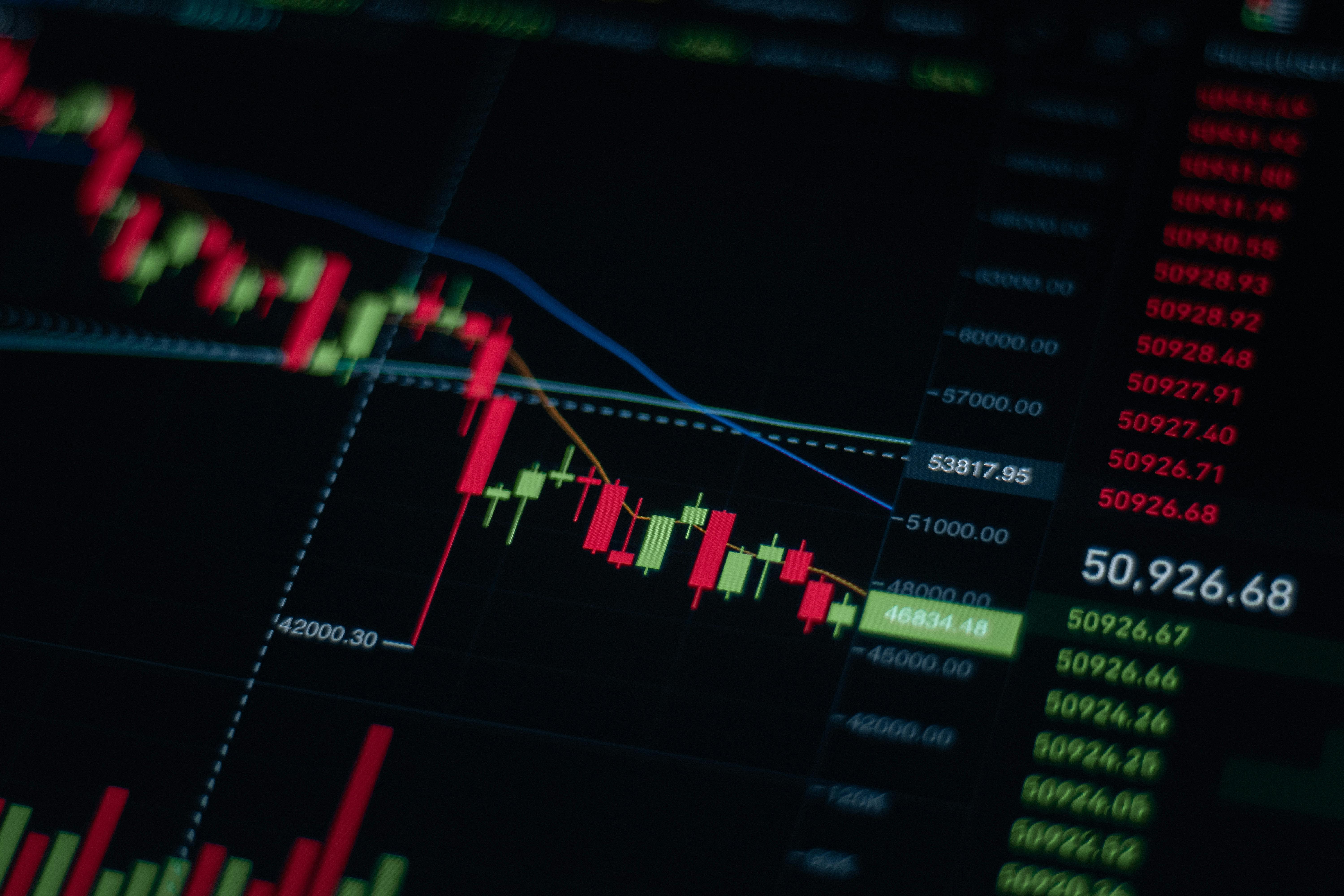Day trading is a short-term trading strategy where traders buy and sell financial instruments within the same trading day. The goal is to capitalize on small price movements by taking multiple trades throughout the day. Unlike scalping, which focuses on very small movements, day traders hold positions for minutes to hours, aiming for larger price swings. This strategy requires strong technical analysis skills, discipline, and an effective risk management plan.
How Day Trading Works
Day traders seek to profit from intraday market fluctuations by identifying trends, breakouts, and reversals. They trade in highly liquid markets such as forex, stocks, indices, and cryptocurrencies. Since positions are closed before the market session ends, day traders avoid overnight risks and the uncertainties that come with after-hours trading.
Characteristics of Day Trading:
- Intraday Trading: Positions are opened and closed within the same day, avoiding the risks of holding trades overnight.
- Moderate Holding Time: Trades last from a few minutes to several hours, depending on the market conditions and trading strategy.
- Technical and Fundamental Analysis: A combination of technical indicators and economic news is used to make informed trading decisions.
- Higher Profit Targets than Scalping: Day traders typically aim for 20-100 pips per trade in forex, allowing for greater profitability per position.
- Strict Risk Management: Since day trading involves quick decision-making, a disciplined approach to risk management is crucial to success.
Key Day Trading Strategies
1. Trend Following
This strategy involves identifying a strong trend and taking trades in the direction of that trend. Traders use moving averages, trendlines, and price action analysis to determine the overall market direction. A trend-following day trader typically looks for pullbacks to enter a trade at a better price.
2. Breakout Trading
Breakout traders enter trades when the price moves beyond a defined support or resistance level with high volume. A breakout signals the start of a potential new trend. Common tools used for breakout trading include Bollinger Bands, volume analysis, and momentum indicators.
3. Reversal Trading
Reversal traders aim to catch trend reversals by identifying overbought or oversold market conditions. This strategy requires precise timing and confirmation from indicators such as the RSI, MACD, and candlestick patterns like double tops and bottoms.
4. Momentum Trading
Momentum traders capitalize on strong price movements caused by news events, earnings reports, or macroeconomic data releases. They look for assets with high trading volume and strong price action, entering trades in the direction of the movement until momentum fades.
5. Indicator-Based Trading
This approach relies on technical indicators such as Moving Averages, MACD, and RSI for trade signals. Traders follow indicator-based strategies to automate trade entries and exits, reducing emotional bias in decision-making.
Best Indicators for Day Trading
- Moving Averages (MA): Helps identify trends and dynamic support/resistance levels.
- MACD (Moving Average Convergence Divergence): Provides insights into trend direction and potential reversals.
- Relative Strength Index (RSI): Detects overbought and oversold conditions to predict reversals.
- Volume Indicators: Confirms the strength of price movements.
- Fibonacci Retracement: Identifies potential pullback levels for entries in trending markets.

Risk Management in Day Trading
1. Use Stop-Loss and Take-Profit Levels
Setting predefined stop-loss and take-profit levels is crucial to managing risk. A common approach is to maintain a risk-to-reward ratio of at least 1:2, meaning the potential profit is at least twice the amount risked.
2. Avoid Overtrading
Trading too frequently can lead to unnecessary losses and emotional trading. Sticking to a structured trading plan helps prevent impulsive decisions.
3. Maintain a Favorable Risk-to-Reward Ratio
Professional traders often use a 1:2 or 1:3 risk-to-reward ratio, ensuring that a single profitable trade can cover multiple small losses.
4. Limit Leverage Usage
While leverage can amplify profits, it also increases risk exposure. Managing leverage wisely helps prevent account depletion due to a few bad trades.
5. Trade During High-Liquidity Sessions
The best trading opportunities occur when liquidity is high, such as during the overlap of major financial market sessions (London/New York session for forex trading).
Example Day Trading Setup
Indicators Used:
- 50-period Moving Average (MA) to identify trend direction.
- MACD (12, 26, 9) for trend confirmation and momentum shifts.
- RSI (14) to determine overbought and oversold conditions.
Entry Rules:
- Buy Signal: When the price is above the 50-MA, MACD shows a bullish crossover, and RSI is above 50.
- Sell Signal: When the price is below the 50-MA, MACD shows a bearish crossover, and RSI is below 50.
Exit Rules:
- Take profit at 2-3 times the risked amount.
- Stop-loss placed below the recent swing low (for buy trades) or above the recent swing high (for sell trades).
(Insert example chart showing a buy and sell setup based on this strategy.)
Advantages of Day Trading
- No Overnight Risk: Positions are closed before the market closes, preventing exposure to after-hours volatility.
- Frequent Trading Opportunities: Multiple trade setups appear throughout the day.
- Higher Profit Potential than Scalping: Day traders aim for larger price swings compared to scalpers.
- Can Be Used in Trending and Ranging Markets: Strategies can be adjusted to various market conditions.
Disadvantages of Day Trading
- Requires Full-Time Attention: Unlike long-term trading, day trading requires constant monitoring of price charts.
- Higher Emotional Stress: The fast-paced nature of day trading can be mentally exhausting.
- Strict Discipline Needed: Lack of discipline can lead to excessive losses.
- Transaction Costs: Frequent trading results in higher commission and spread costs.
Conclusion
Day trading is a dynamic and rewarding trading style that allows traders to capitalize on intraday price movements. However, it requires strong market knowledge, a well-tested strategy, and disciplined risk management. Beginners should start by practicing on a demo account before committing real capital. With patience, experience, and the right mindset, day trading can be a profitable trading approach.









